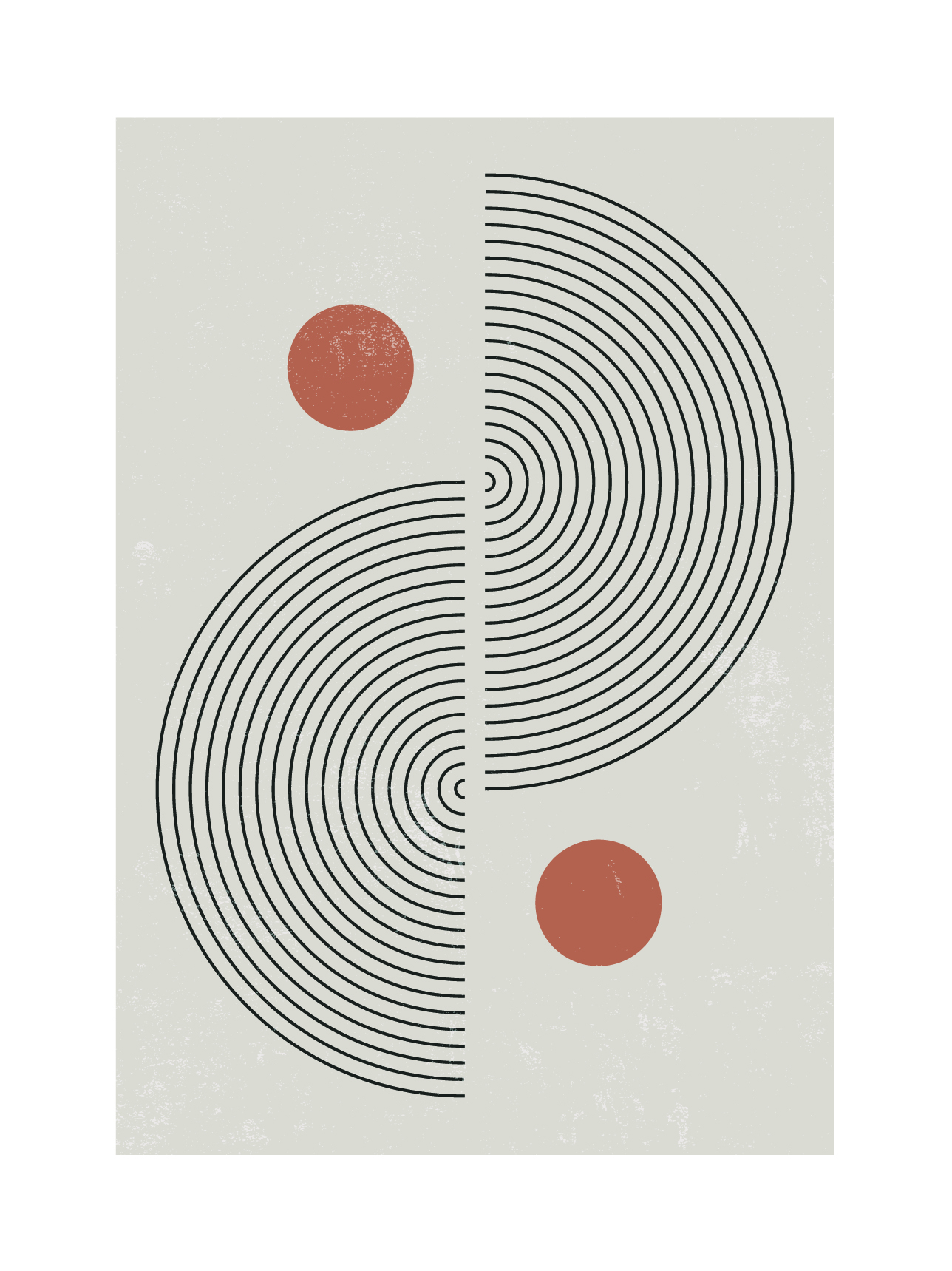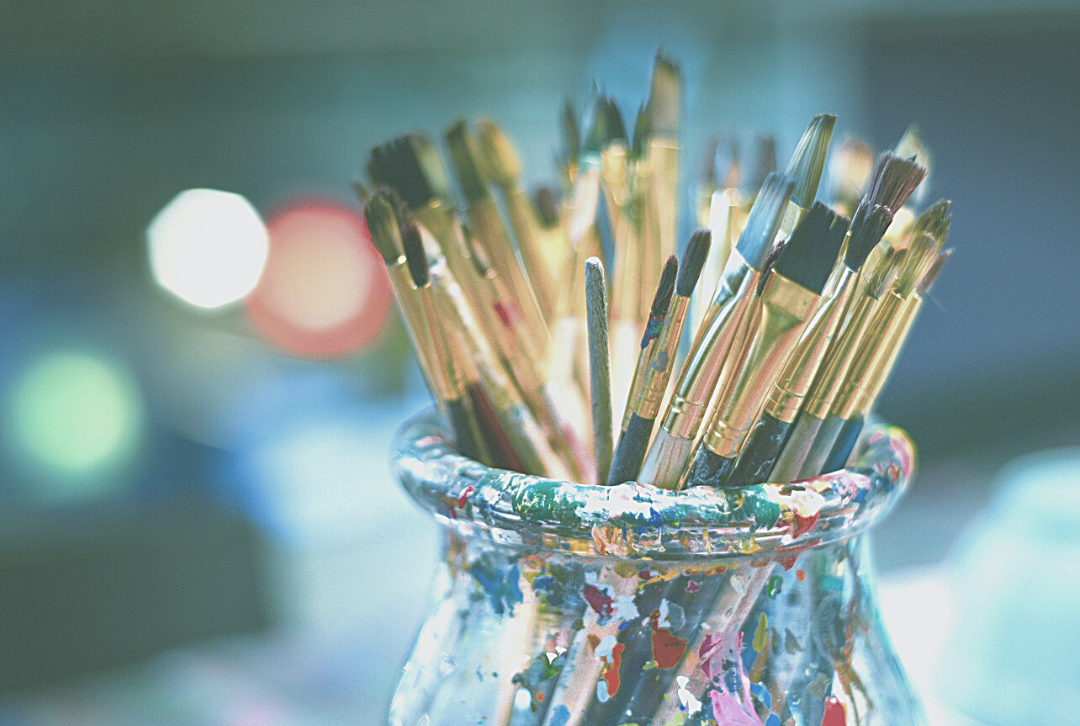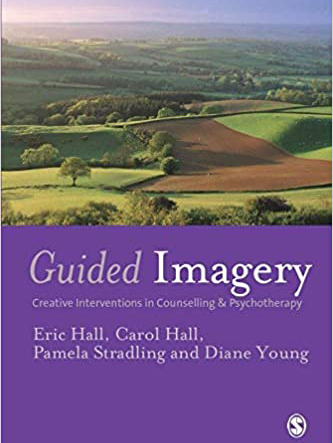
I remember taking part in an “Imagery weekend,” sitting in a large room, shoulder to shoulder with 20 other therapists, we were all asked to stare at a wall. I squinted, shifting from side to side, looking at the magnolia, hearing the draft seep through wood-framed windows. All of a sudden, shapes started forming, shadows dancing on the wall, gently mingling. I waited and then watched as the story unfolded and it all felt a bit magical. Until, it wasn’t, until the student next to me, with a slight giggle under her whisper asked, “How much do you think it’s costing for us to stare at this wall?” My images dispersed, like deflating balloons, pushed out by calculations of hourly rates for wall staring.
I had entered this profession with a scientific mind, encouraged by practical parents and developed by academia’s empirically evidenced pillars. So, when I began my training, I wanted a defined understanding of the psyche and clear procedures and techniques that would help make the abstract tangible. Like many of my clients in the initial consultation, I wanted concrete answers.
Soon though, I was introduced to all the grey areas. The powerful unconscious, that influences our perceptions, thoughts, feelings, decision making processes and behaviours, all the while remaining outside of our awareness. It writes a continuous story without being measurable or readily defined, and I will no doubt spend the rest of my working life engaging with it and yet still only be afforded a glimpse of understanding.
As I moved further through my training program, both the gravity of exploring the psyche and the vulnerability that we feel, as clients and practitioners, during this unfamiliar journey with an uncertain ending, began to dawn on me. Even amongst therapists, as seen during that weekend, hesitancy exists, whether shown through the mocking of a technique, or my allowing for distraction.

Finding gentler, less confronting, ways to access this part of our clients’ experience can therefore be hugely beneficial to the process, sidestepping the usual defences and promoting the sense of shared and collaborative curiosity.
Working with imagery is one such gentle ways into the unconscious. The visual representations originate from within the client’s psyche and so can be treated like a “waking dream” providing symbols with deeper meaning to help us make sense of the current issues.
By working metaphorically, the abstract becomes tangible, something more concrete, which can feel easier and less threatening to explore. And, speaking metaphorically, when something becomes concrete, we can hold it, move it around and gain different perspectives. Keeping the issue in the realm of symbolism, the client is more able to sit with the issue and hopefully relax their defences, so they can find their own answers, reinforcing their belief in their own ability to manage and navigate difficult situations.

Imagery in counselling
Imagery shows up in the counselling room in a myriad of ways.
It can occur organically through a metaphor or simile used in conversation, the sharing of a dream or the visualisation of an emotion that is experienced in the body.
At other times, there may be planned interventions like free drawing, sand tray or guided imagery where the client gives form and interacts with a read script.

Preparation is key
Before you start introducing imagery work into your clinical practice make sure that you, yourself are comfortable with the chosen intervention. In my experience if we push ourselves to use a tool that we don’t feel a true affinity for, the exercise very often will fall flat on its face. The client too must feel that the approach is a fit for them if it is going to be useful.
Because of our training, as therapists we typically feel more comfortable engaging with therapeutic activities than our clients do. I can completely understand that sitting in front of an observing therapist, being asked to shut their eyes and dialogue with their fantasy, can be daunting for many clients.
My first step therefore is always to explain the new method and the rationale for trying it very clearly, before then letting the client decide if it is right for them. I usually find that due to the increased popularity of meditation, mindfulness, and yoga etc., guided imagery work is often welcomed.
However, I have also encountered resistance. The activities can resemble unstructured play and involve breathing activities and body work. All of which, can trigger adverse reactions so caution and a respectful attunement to any reluctance in the client is recommended. You may well find that clients who initially decline these activities will revisit the idea in future sessions, but it is crucial that the client has ownership over their therapeutic process.

Supporting the journey
Whilst following the client’s imaginings I remind myself that I am there to guide and support and that intention helps me resist the temptation to interpret, introject opinion, encourage choice, or affect the pace. I sometimes imagine that I am on a stage with the client while they are creating their story or drawing their picture. I mirror their words and gestures and ask them to describe their experiences usually through their senses. I will then often ask them to embody another object or person in their picture and speak their narrative. This could be the cloud that covers them, their partner staring at them or the water they swim in. Sometimes conversations occur between the different aspects or characters in the scene.
If you are interested in learning more about this approach there are many wonderful books that cover the topic. I often refer to Guided Imagery: Creative Interventions in Counselling and Psychotherapy by Eric Hall et al. It clearly outlines techniques and includes case studies and scripts you can apply to your own practice.

What happens next?
At the end of the activity, I will bring the client back to the here and now, perhaps drawing upon some grounding techniques if it has been a particularly emotional session. We will then reflect on the experience, sharing any insights into how the imagery may relate to the client’s current situation.
The processing continues long after the session ends, however. The client may continue to gain insight and make connections as they contemplate what came up for them during the visualisation.
I will take some time to explain this before bringing the session to a close and will suggest that they journal or draw their experiences between now and our next appointment. In doing this the images stay fresh, and they have a record that they can refer back to. In this way the client keeps the connection with their psyche for just that little bit longer.
It never fails to amaze me how in follow up sessions, clients are eager to discuss new revelations that have arisen as a result of the guided imagery process. The deepening of their understanding of themselves, their relationships and their struggles can be immense with the ripple effects being felt for months to come.
All this from simply giving space to the grey areas and letting the mind be free to play.
